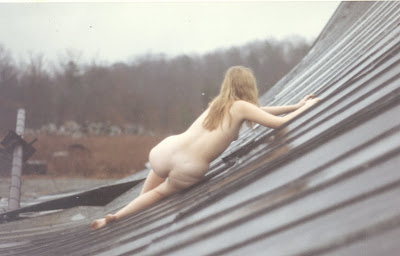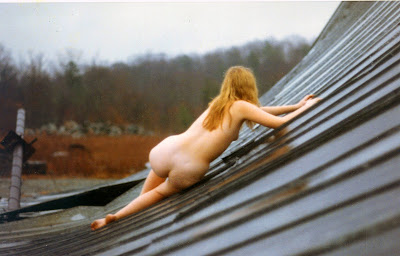Unit 3 Preview


Unit 3 in J210 covers the Digital Darkroom; here is a preview. Above you see a before and after version of a student picture. Because the picture was taken with the flash on (I recommend most times turning off your flash), the foreground (in this case the big pot) got both washed out and spotted with a glare hot spot.
The picture, by student Kristen Beatty, has perfect composition; she’d followed the rule of threes and the rule of thirds, and she used a shallow depth of field to pop the front of the image out at the viewer as well as to create a pleasing but not distracting background. However, the glare and washed out foreground from the flash is distracting.
The second version is the photoshopped version – I spent less than five minutes enhancing her picture. I used these tools:
• The Quick Selection Tool (in the left menu bar) to selected the whole pot
• The Brightness/Contrast Tool (in the Image>Adjustments menu)
• The Spot Healing Brush (in the left menu bar)
• The Levels Tool (in the Image>Adjustments menu)
IPFW students and IU and Purdue students can get Photoshop for $20 at the book store. Be a little wary, though; Photoshop is a real memory hog, and the whole design suite takes up a ton of hard drive space. Fortunately though, you don’t have to install everything from the suite.
Unit 3 will also provide a few free and legal Photoshop clones.









